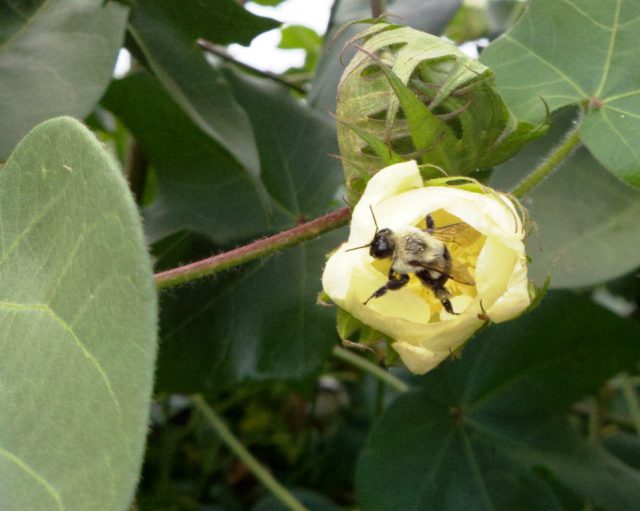
The Bumble Bee – One of Florida’s Vital Pollinators
"The happiness of the bee and the dolphin is to exist. For man it is to know that and to wonder at it." Jacques Yves Cousteau Bumble bees are among the most recognizable types of insects. They are large, colorful, and a wonder to watch. They’re also popularized in...
Wildlife Food Plots for North Florida
About this time each year the minds of sportsman and wildlife aficionados turn towards the planting of wildlife food plots for use by wildlife in fall, winter , and early spring. There are many factors to consider when planting a fall food plot if you want to be...
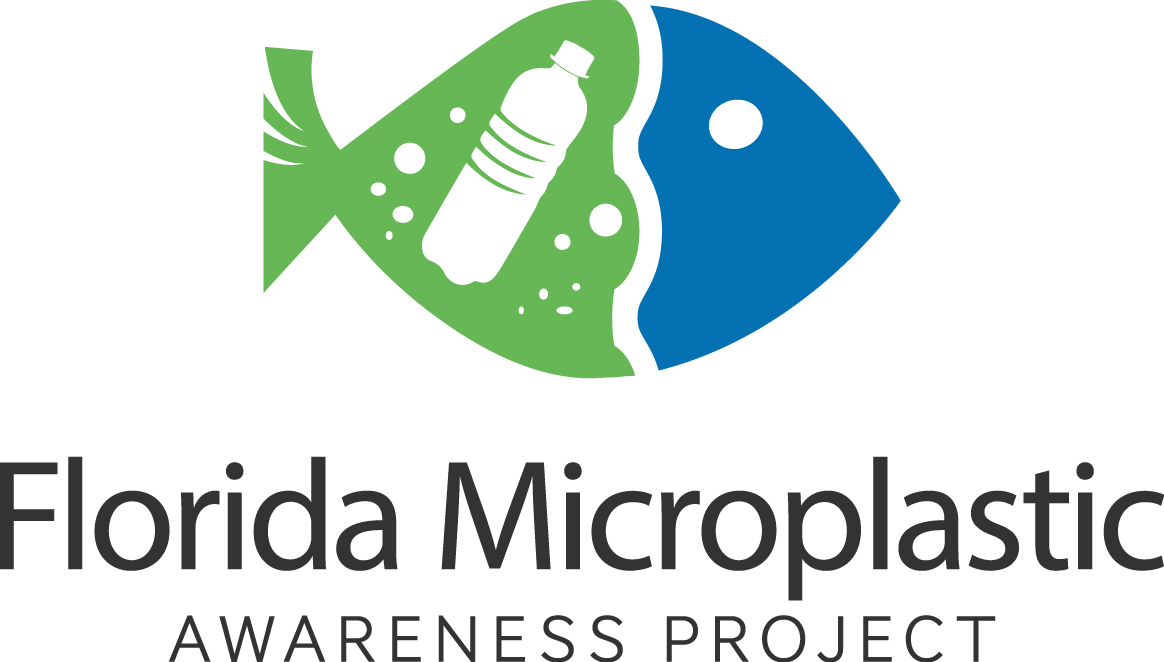
Microplastics Awareness Month
For almost 40 years, the Ocean Conservancy has held the International Coastal Cleanup in September. Across the planet hundreds of thousands of volunteers clean marine debris from their shorelines. The data collected is used by local agencies to manage this problem;...
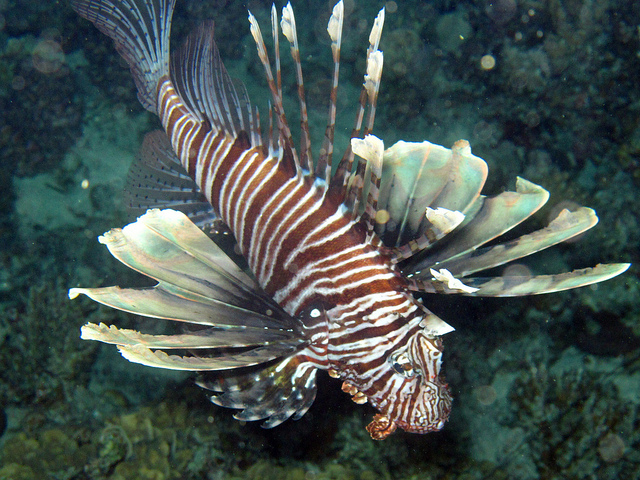
DNA Barcoding Our Way into Understanding the Lionfish Problem
In the late 1980's a few exotic lionfish were found off the coast of Dania Florida. I do not think anyone foresaw the impact this was going to have. Producing tens of thousands of drifting eggs per female each week, they began to disperse following the Gulf Stream. ...
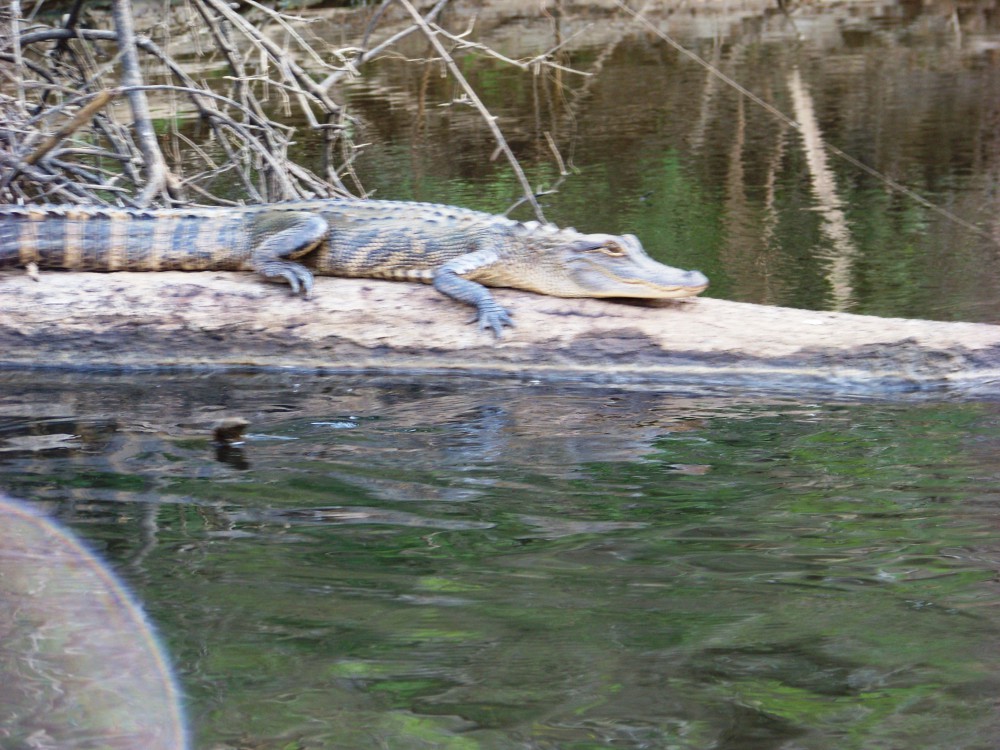
The American Alligator: a new nuisance for the panhandle?
I recently saw a photograph of an American Alligator (Alligator mississppiensis) crossing Perdido Key Drive on a heavy rain day. This encounter would surprise some, and unnerve many. The majority of the nuisance wildlife calls I receive are for snakes. I have never...
Lending a Helping Hand after Irma, Harvey, and other Hurricanes
Recent images of hurricane Irma and Harvey’s devastating impacts remind all of us living along the Gulf just how powerful tropical cyclones can be. There’s a Gulf of Mexico kinship we all feel. Even more today since Irma has put our Florida homes and cities in...

Bay scallops: a boom and bust lifestyle
Many species of animals go through dramatic swings in population numbers over time. For some, these fluctuations are related to the dynamics of a natural symbiotic connection such as a predator-prey relationship. A classic example of this is the famous snowshoe...
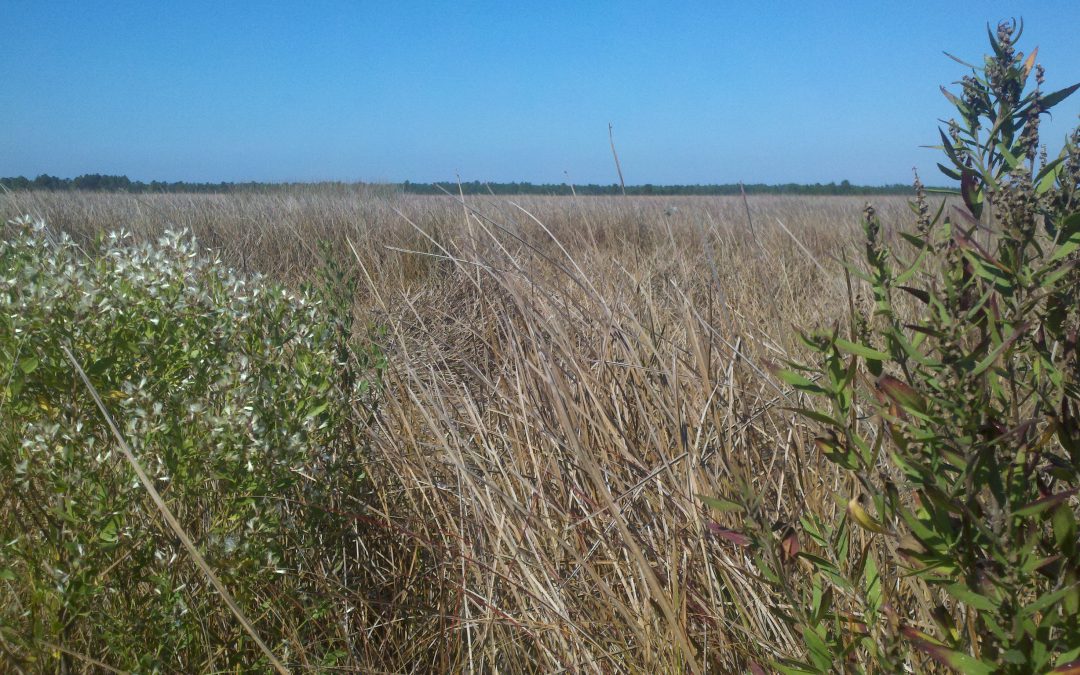
Coastal Erosion–a problem with new solutions
Life on the coast has tremendous benefits; steady sea breezes, gorgeous beaches, plentiful fishing and paddling opportunities. Nevertheless, there are definite downsides to living along it, too. Besides storms like Hurricane Harvey making semi-regular appearances, our...
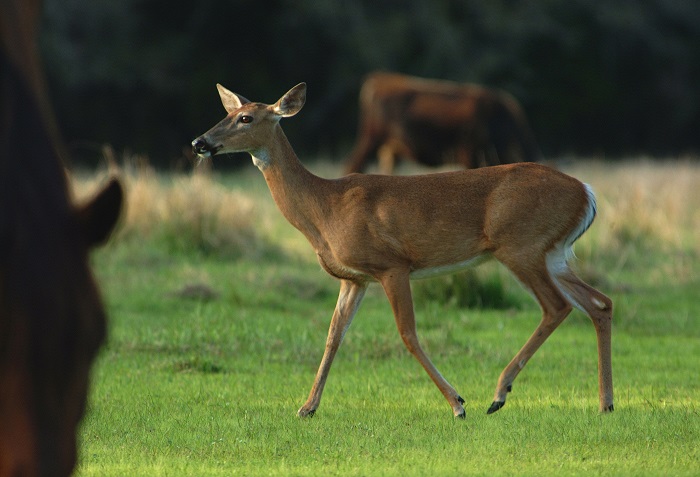
Steps for Dealing with Nuisance Wildlife
As a County Agent, I receive a wide variety of calls from clients relating to wildlife. The majority of these calls are quite positive; clients need help improving wildlife habitat or simply need a creature identified to satisfy their curiosity. However, from time to...

Invasive Exotic Species and Control Workshop
Join us to learn about identifying and controlling some of the most troublesome invasive exotic plants like cogongrass, Japanese climbing fern, privet, and others. We will also address exotic insects that are causing, or will cause, big headaches for forestry and...
